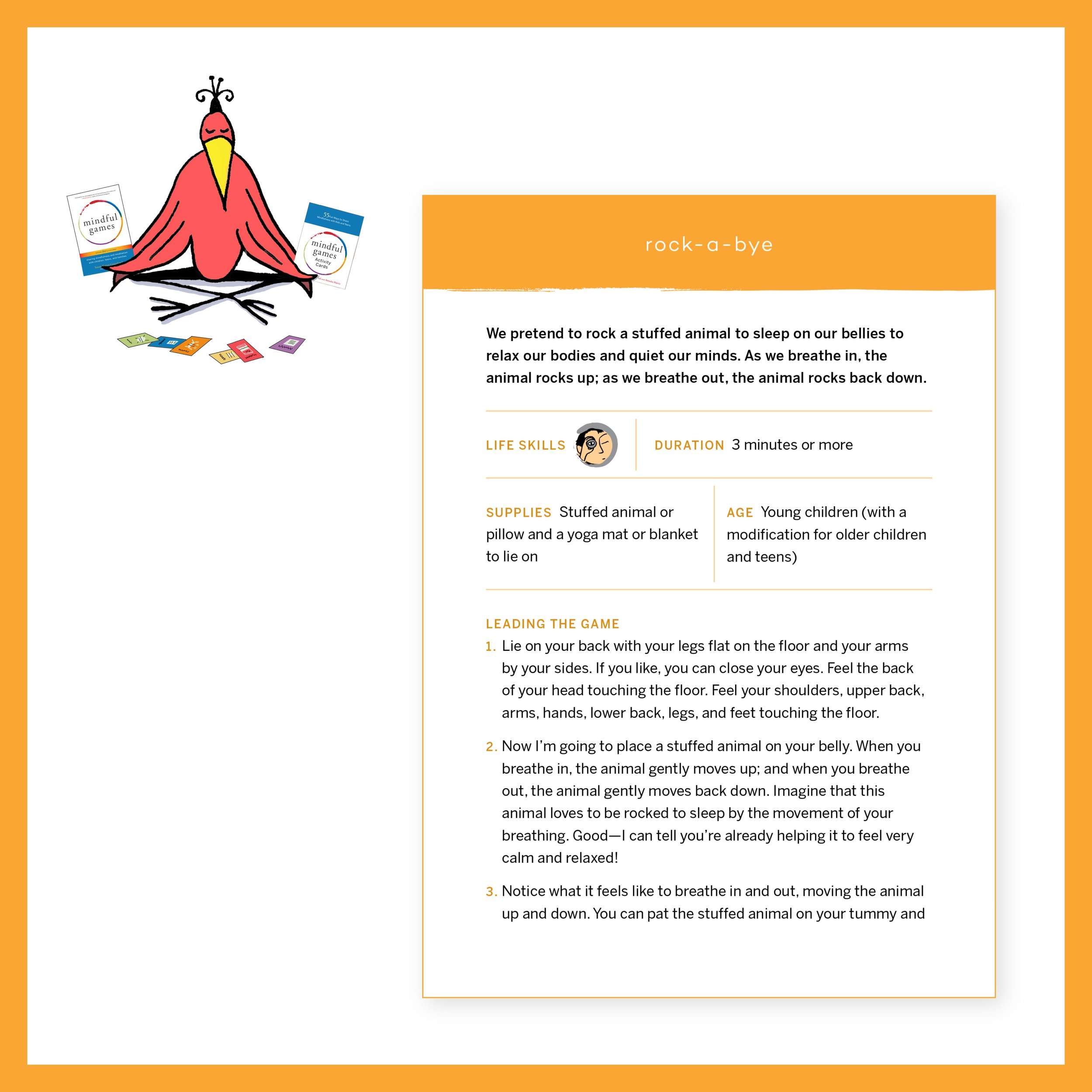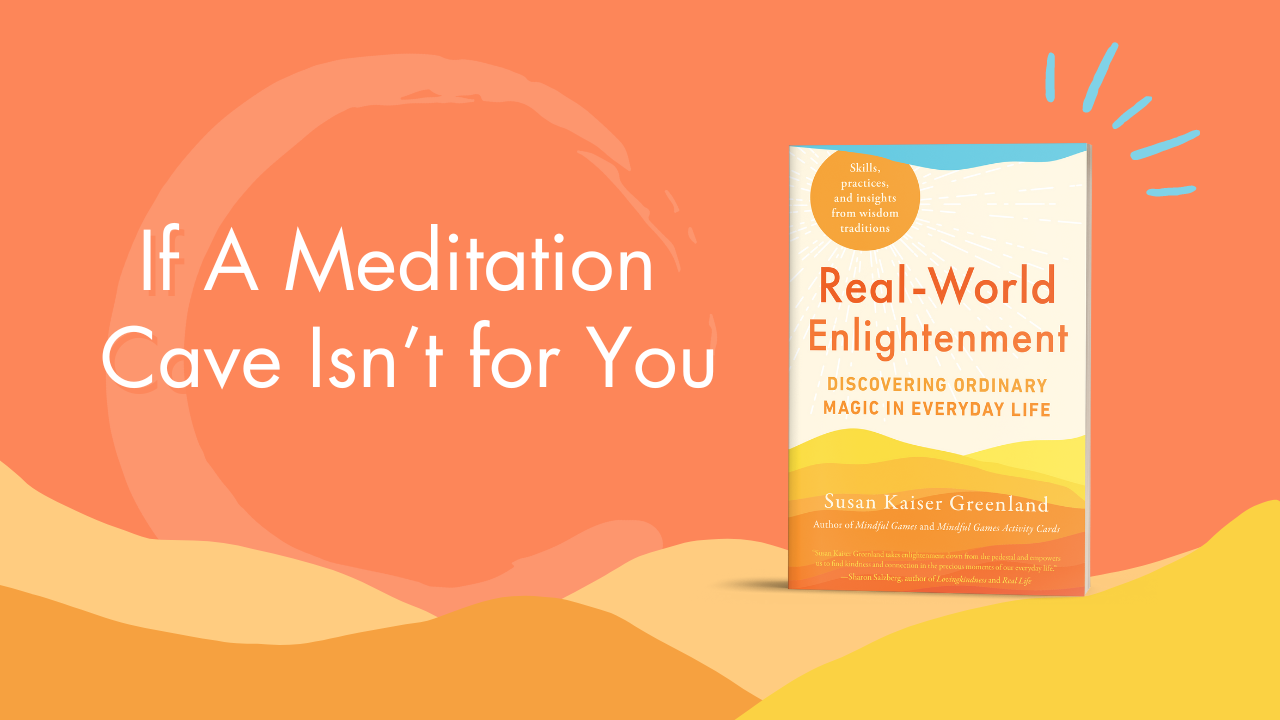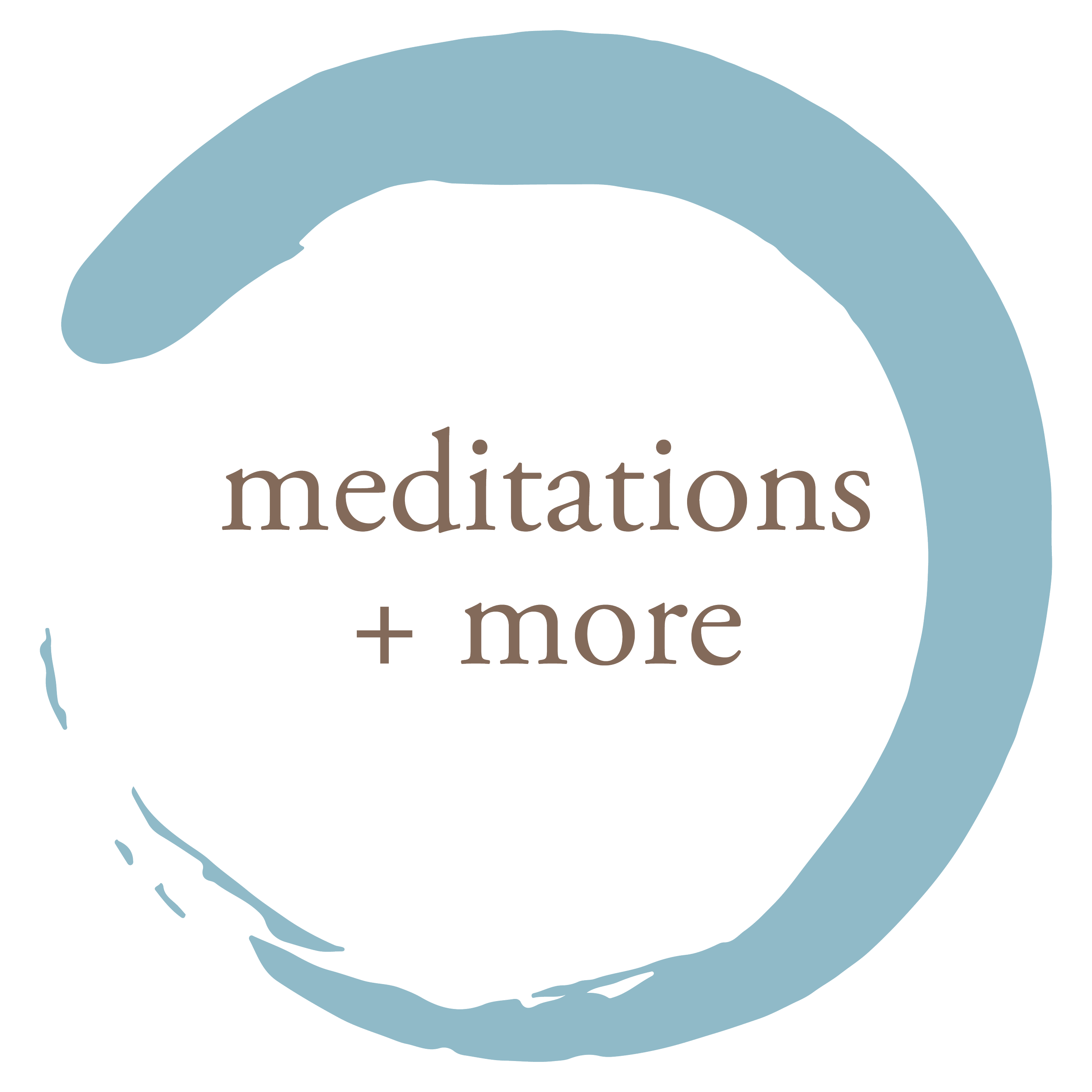
Mindfulness & Meditation video lessons + more for educators
Look through our video library of lessons and activities for kids and adults. And be sure to also check out Susan’s YouTube channel for more.

-
Inner Kids is a fun, pragmatic approach to sharing mindfulness at home, school and in the clinic. Through activity-based mindfulness, Inner Kids brings attention, balance, compassion, and playfulness to your daily routine.
-
Ready to try out some mindful games with kids? Check out these videos to help you get started.
-
Explore Susan's latest book through these quick videos, where she discusses how it draws upon diverse wisdom traditions, scientific research, and her own experiences, providing readers with pragmatic yet potent tools for navigating the complexities of our times.
-
Susan offers practical techniques and mindful approaches to cultivate resilience, well-being, and emotional intelligence in both children and adults, in these presentations that blend mindfulness practices with modern psychology in accessible and engaging ways.
-
Guided meditations to develop steady, flexible attention that builds our capacity to focus and quiet our minds and bodies.
-
Guided meditations to develop balance that enhances our capacity to see and reframe our situations.
-
Guided meditations to develop our capacity to speak, act, and relate to others (and ourselves) with compassion also build our capacity to care and connect.

inner kids model
Inner Kids is a fun, pragmatic approach to sharing mindfulness with children and classrooms worldwide. Designed to be flexible, adaptive, and inclusive to the specific needs, cultures, and creativity of the children and adults who use it, Inner Kids is a powerful set of principles and tools. Developed by Susan Kaiser Greenland, the model brings activity-based mindfulness to children in simple ways to empower them to develop their attention, balance, compassion, and playfulness.
A clip of an Inner Kids mindful awareness class from the documentary Spiritual Revolution produced and directed by Alan Swyer. With Gene Lushtak, Daniel Davis, Peri Doslu, Karen Eastman, and Susan Kaiser Greenland
Founder of the Inner Kids program, Susan Kaiser Greenland adapted adult meditation practices for kids, seeing a marked improvement in their capacity to focus, calm themselves, and manage stress. She is also the author of The Mindful Child.
A segment from a documentary about the Inner Kids program broadcast by GoodTube.org. Los Angeles students participating in a school-based Inner Kids class talk about their experience.
A segment from a documentary about the Inner Kids program broadcast by GoodTube.org. Classroom teachers in Los Angeles who are participating in a school-based Inner Kids class talk about their experience.
A segment from a documentary about the Inner Kids program broadcast by GoodTube.org. Parents in Los Angeles whose children participated in a school-based Inner Kids class talk about their experience.
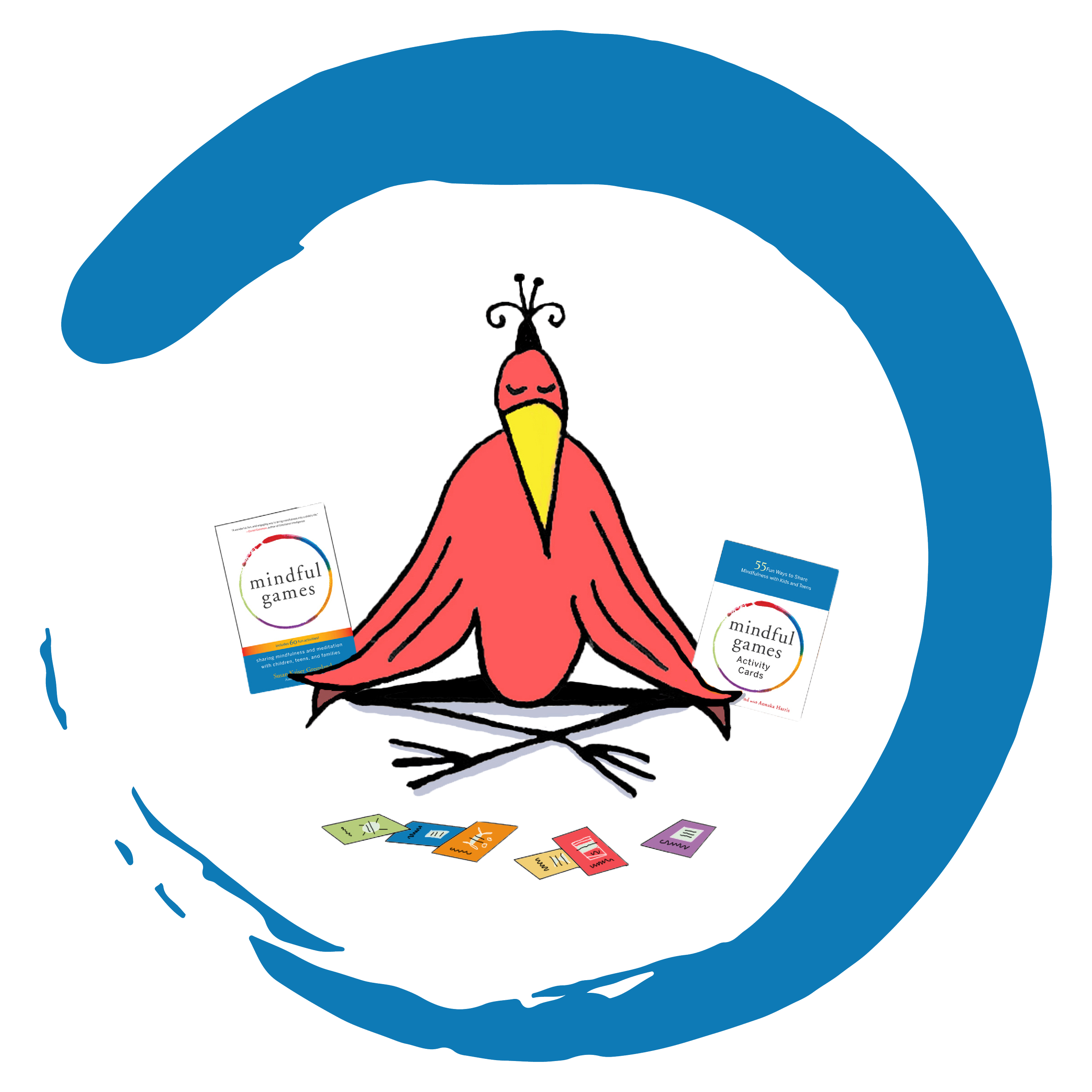
mindful games
Ready to try out some mindful games with kids? Check out these videos to help you get started.
We build a chain of plastic monkeys to demonstrate how to notice thoughts and let them go.
Explore the Ice Cube Meditation, a mindfulness and meditation training exercise that uses sensory awareness to build focus, emotional balance, and awareness of the present moment.
Engage children in mindfulness with the Awareness Meter exercise, a playful method to help them identify and manage thoughts and emotions during meditation.
Discover the Snow Globe Game, a creative mindfulness and meditation activity that helps children and adults learn to settle their minds, build awareness, and navigate life's challenges
A delightful adaptation/mash-up of two mindful games — Friendly Wishes and Imaginary Hugs.
A colorful chain of plastic monkeys demonstrates how to notice thoughts and let them go.
Watch how easy it is to settle your mind when it's busy! then, listen to this guided meditation to give it a try.
Feeling upset or annoyed? Here's a tip for calming down anytime you feel worked up.
Using teamwork, and by paying attention to what’s happening around us, we pass a cup without spilling a drop of water.
We hold a cube of ice until it melts to notice the difference between a feeling and a reaction. (Game led by Gene Lushtak.)
We imagine that everyone is happy, safe, healthy, and living in peace to practice kindness and concentration.
Learn the Tic-Toc Game, a simple and engaging mindfulness activity that teaches children and adults to pause, focus, and bring awareness and compassion to the present moment.
We pretend to rock a stuffed animal to sleep on our bellies to relax our bodies and quiet our minds.
We practice focusing by slowly moving our arms up and down, or back and forth, in sync with each other’s movements.
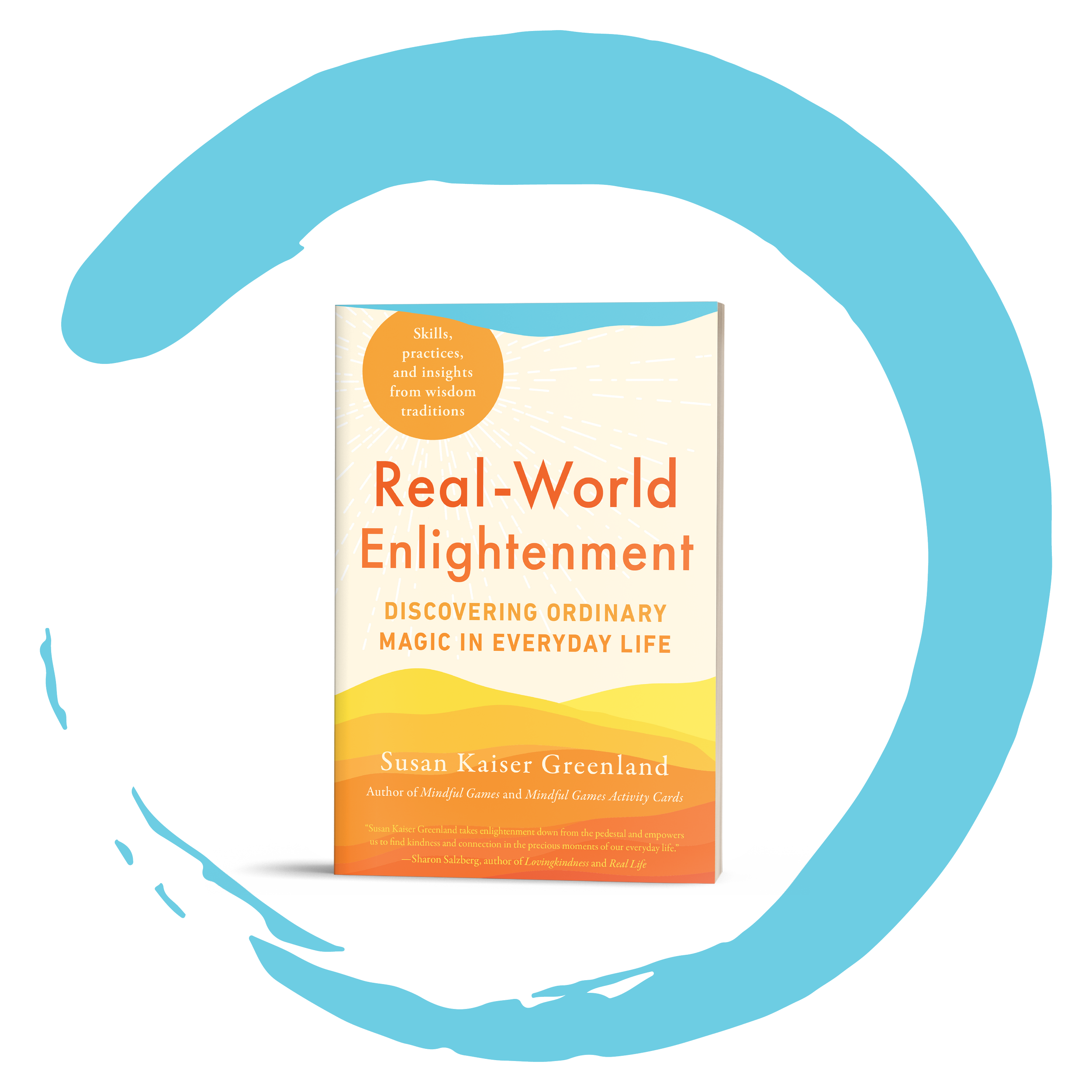
real-world enlightenment
Explore Susan's latest book through these quick videos, where she discusses how it draws upon diverse wisdom traditions, scientific research, and her own experiences, providing readers with pragmatic yet potent tools for navigating the complexities of our times.
Simple, effective ways to bring mindfulness into daily life.
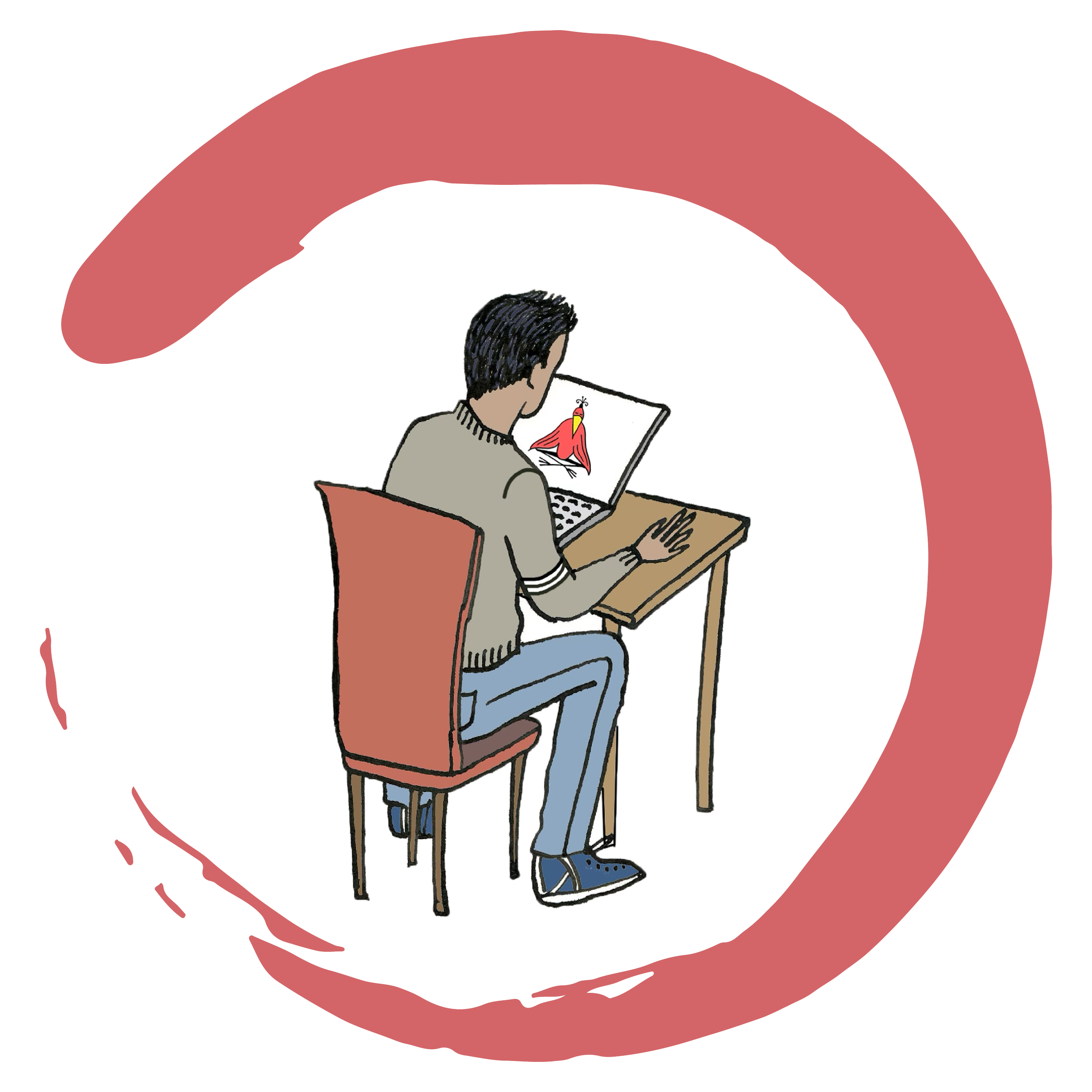
presentations
Susan offers practical techniques and mindful approaches to cultivate resilience, well-being, and emotional intelligence in both children and adults, in these presentations that blend mindfulness practices with modern psychology in accessible and engaging ways.
A video of my presentation at the 2019 Simms / Mann Think Tank exploring mindfulness-based ways to free yourself from emotional reactivity, patterned thought, and biased thinking.
Watch Susan talk about caring with wisdom and compassion on Tergar Meditation Community’s YouTube Live channel.
While some people become more selfish in times of crisis, some of us (especially parents and other caregivers) go to the opposite end of the spectrum: "helping" overdrive. Susan and Dan Harris meditate for five minutes and then talk strategies for parents and other caregivers to discern whether what they're about to say or do is more likely to be helpful or to backfire.
In the noise and confusion of modern life it’s often lost on us that while we can’t necessarily change every situation, we have the freedom to choose how we respond.
We practice focusing by slowly moving our arms up and down, or back and forth, in sync with each other’s movements.
Linda Graham interviews Susan Kaiser Greenland for her series, Conversations on Recovering Resilience.
Susan Kaiser Greenland, creator of the Inner Kids program, Kim Schonert-Reichl, lead researcher for the Hawn Foundation's MindUP program, and Patricia Broderick, creator of the Learning to BREATHE program, share a discussion about the complexities of training educators to teach mindfulness-based curricula to students, and the balance between scientific research and practical implementation, focusing on developmental and age appropriateness.
In Taking Charge of Your Health and Wellbeing, an educational initiative from the University of Minnesota, Susan Kaiser Greenland, author of The Mindful Child and Mindful Games talks about how to help incorporate mindfulness into your child's life.
Founder of the Inner Kids program, Susan Kaiser Greenland adapted adult meditation practices for kids, seeing a marked improvement in their capacity to focus, calm themselves, and manage stress. She is also the author of The Mindful Child.
THE MINDFUL CHILD explains how parents can teach the transformative techniques of mindful awareness to children so they can overcome stress.
A segment from a documentary about the Inner Kids program broadcast by GoodTube.org. Los Angeles students participating in a school-based Inner Kids class talk about their experience.
A segment from a documentary about the Inner Kids program broadcast by GoodTube.org. Classroom teachers in Los Angeles who are participating in a school-based Inner Kids class talk about their experience.
A segment from a documentary about the Inner Kids program broadcast by GoodTube.org. Parents in Los Angeles whose children participated in a school-based Inner Kids class talk about their experience.

lessons for seeing + reframing
Balance enhances our capacity to see and reframe our situations. The six social, emotional, & academic life skills that mindfulness builds are symbiotic, though, and as children develop in one area, they also develop in others.
In a polarized world, we can build bridges by focusing on common themes that cut across time-tested wisdom traditions instead of focusing on our differences.
Allowing means learning to be with what's happening when it's happening. We don't give up working to make the world a better place. We just recognize, "This is what's happening now. Nothing I can do about it right now, but maybe there's something I can do about it later."
When we plant seeds of confidence, patience, and kindness, those are the qualities that grow. When we plant seeds of doubt, restlessness, and cruelty, those qualities grow instead. What seeds will you plant today?
Explore the Ice Cube Meditation, a mindfulness and meditation training exercise that uses sensory awareness to build focus, emotional balance, and awareness of the present moment.
Are you game to try a pizza meditation?
You can think of anything you like in this meditation.
Except for pizza.
Engage children in mindfulness with the Awareness Meter exercise, a playful method to help them identify and manage thoughts and emotions during meditation.
Susan playfully explains the mind-body connection using a colorful Hoberman Globe.
Sometimes one thing can look different to different people, even though it’s the same thing. Can you think of examples from your life where two or more people look at the same thing but see it from different perspectives?
We develop the life skills Seeing & Reframing when we notice what's the same and what's different about a handful of toy bears.
Discover the Snow Globe Game, a creative mindfulness and meditation activity that helps children and adults learn to settle their minds, build awareness, and navigate life's challenges
Our past is a part of us, but we needn't get distracted by it. Nor, do we need to be preoccupied with what will happen in the future. Instead, we can enjoy the moment.
We hold a cube of ice until it melts to notice the difference between a feeling and a reaction. (Game led by Gene Lushtak.)
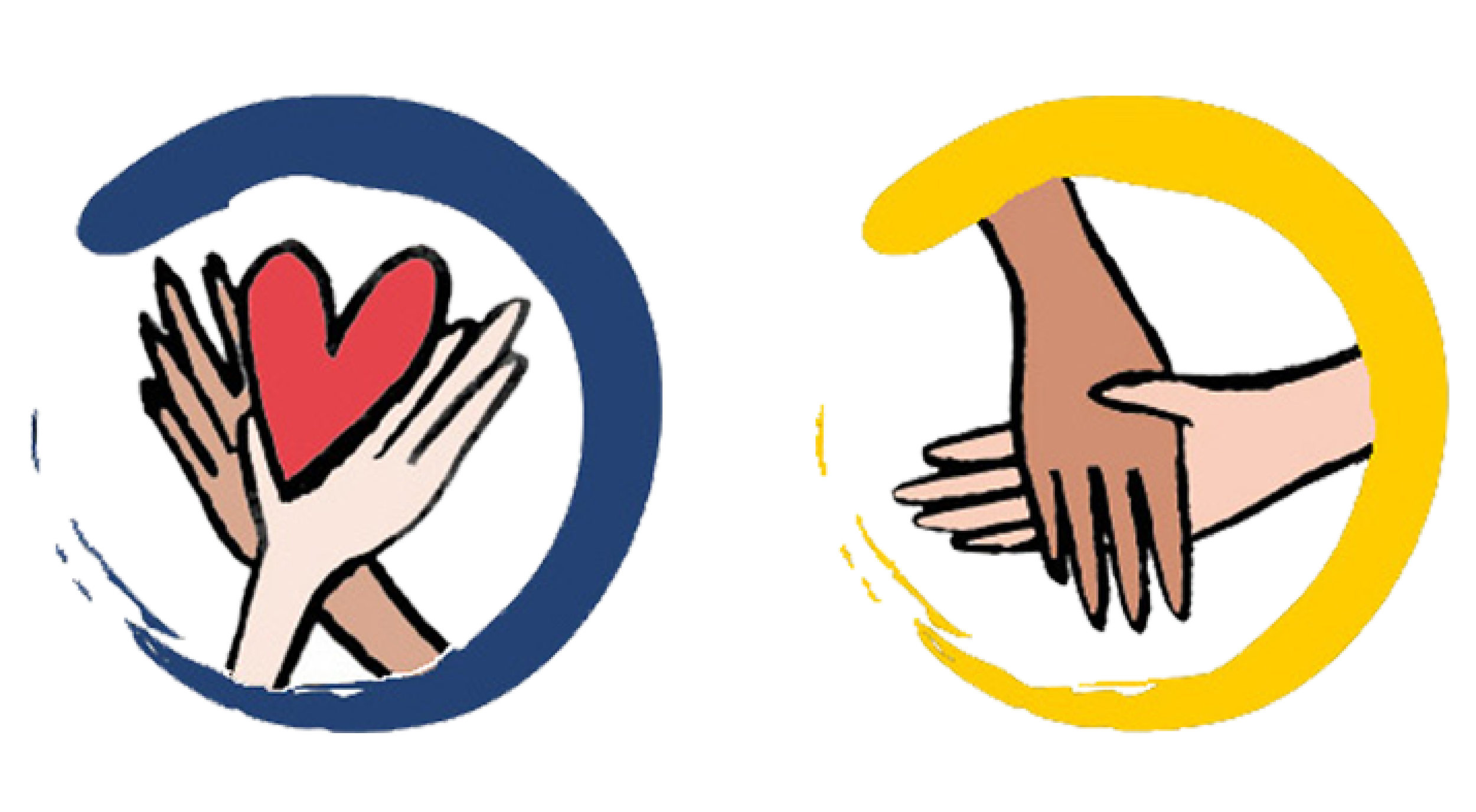
lessons for caring + connecting
Speaking, acting, and relating to others (and ourselves) with compassion develops our capacity to care and connect. The six social, emotional, & academic life skills that mindfulness builds are symbiotic, though, and as children develop in one area, they also develop in others.
Discover the Snow Globe Game, a creative mindfulness and meditation activity that helps children and adults learn to settle their minds, build awareness, and navigate life's challenges
A delightful adaptation/mash-up of two mindful games — Friendly Wishes and Imaginary Hugs.
We sit or stand face-to-face and choose a leader. When the leader slowly moves we mirror the movement. (Game led by Annaka Harris.)
Using teamwork, and by paying attention to what’s happening around us, we pass a cup without spilling a drop of water.
We hold a cube of ice until it melts to notice the difference between a feeling and a reaction. (Game led by Gene Lushtak.)
We imagine that everyone is happy, safe, healthy, and living in peace to practice kindness and concentration.
We pretend to rock a stuffed animal to sleep on our bellies to relax our bodies and quiet our minds.









